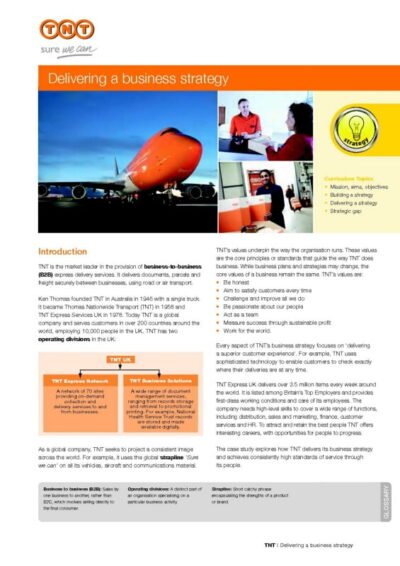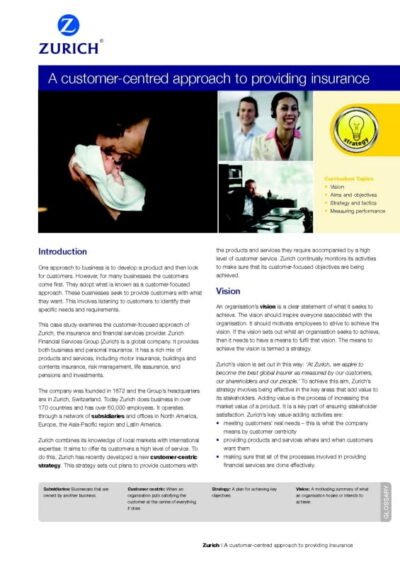
In the hyper-competitive online retail space we’re living in now, having a well-designed website simply isn’t enough. To stand out from the crowd and consistently draw in the right traffic, your eCommerce site needs to be discoverable – and that’s where search engine optimisation (SEO) plays a crucial role. Unfortunately, many businesses unknowingly make common SEO mistakes that can undermine their growth potential and rankings.
Whether you’re just launching your online store or looking to improve an existing one, avoiding these pitfalls can make a measurable difference to your bottom line. If you’re looking to refine your SEO strategy and boost visibility, it’s worth considering guidance from an experienced eCommerce SEO agency that understands the unique challenges of online retail.
Let’s take a look at the most common eCommerce SEO mistakes… and how to steer clear of them.
Overlooking Keyword Research
One of the most frequent mistakes in eCommerce SEO is assuming you know what your customers are searching for. In reality, without thorough keyword research, you’re likely missing key opportunities or targeting terms with low conversion potential. Effective keyword research uncovers not only high-volume terms but also long-tail keywords – those specific phrases your ideal customers are more likely to use when they’re closer to making a purchase. Ignoring this critical step often leads to underwhelming rankings and irrelevant traffic.
Tip: Use tools like Google Keyword Planner, Ahrefs, or SEMrush to identify terms with high intent and strong alignment with your products.
Thin or Duplicate Product Content
In eCommerce, it’s common for businesses to use the manufacturer’s product descriptions or duplicate content across similar listings. While this may save time, it can severely impact your site’s SEO. Search engines value original, high-quality content. Thin descriptions – or those that are copied word-for-word from elsewhere – don’t provide enough context for Google to understand what makes your products unique. Worse, they can lead to ranking penalties.
Tip: Invest in writing compelling, original product descriptions that highlight key features, benefits, and use cases. This also improves user experience and increases conversion rates.
Ignoring Technical SEO
It’s easy to get caught up in visuals and forget about the behind-the-scenes elements that support your website’s performance. Technical SEO includes factors like site speed, mobile responsiveness, crawlability, and proper use of structured data. If Google’s bots can’t crawl your pages properly, or if your website loads slowly or poorly on mobile, your rankings will suffer – regardless of how good your content is.
Tip: Regularly audit your website’s health using tools like Google Search Console, Screaming Frog, or Sitebulb. Make sure your site is fast, secure (HTTPS), and mobile-friendly.
Poor URL Structures
A common oversight in eCommerce SEO is using messy or overly complex URLs for product and category pages. URLs that include long strings of numbers, symbols, or irrelevant terms are harder for users to read and less helpful for search engines. Example of a bad URL: www.mystore.com/products/item1234?ref=abc987 Example of a good URL: www.mystore.com/womens-shoes/leather-ankle-boots
Tip: Use clear, keyword-rich URLs that reflect the product name or category – this makes your site more user-friendly and helps search engines understand the context of each page.
Missing or Poorly Optimised Meta Tags
Title tags and meta descriptions are still essential on-page SEO elements. When they’re missing, duplicated, or poorly written, they can negatively impact click-through rates and make it harder for search engines to determine page relevance.
Tip: Try writing unique title tags and meta descriptions for each page. Include your target keywords naturally and create enticing descriptions that encourage users to click.
Not Implementing Schema Markup
Schema markup is a form of structured data that helps search engines better understand the content on your site. For eCommerce, it’s especially important as it allows you to enhance your listings in search results with star ratings, price, stock availability, and more. Many online retailers overlook this step, missing out on the opportunity for richer search snippets that draw more attention (and clicks).
Tip: Add product schema to all product pages, and consider using review, breadcrumb, and offer schema where relevant.
Weak Internal Linking Structure
Internal linking is about more than just helping users navigate your website; it also plays a critical role in distributing page authority and helping search engines index your site effectively. Many eCommerce sites fail to leverage internal linking by relying solely on menus or breadcrumb navigation.
Tip: Link strategically from category pages to individual products and vice versa. Use descriptive anchor text and consider creating blog content that links to relevant products to drive organic traffic.
Ignoring Mobile SEO
With the majority of online shoppers now using mobile devices, having a mobile-optimised website is non-negotiable. Yet, many eCommerce platforms still fail to deliver seamless mobile experiences, leading to high bounce rates and lost sales.
Tip: Ensure your site is fully responsive, with easily tappable buttons, fast-loading images, and a smooth checkout process. Google prioritises mobile-first indexing, so this isn’t something to overlook.
Failing to Optimise Category Pages
Category pages often get neglected in favour of individual product listings, but from an SEO perspective, these pages are prime real estate. They typically target broader keywords and attract users who are still exploring their options.
Tip: Add relevant, keyword-rich content to your category pages, including introductory text, filters, and links to best-selling products. Make these pages engaging and informative to improve rankings and user engagement.
Lack of Ongoing SEO Strategy
SEO isn’t a “set and forget” activity search engine algorithms, user behaviour, and your competition are constantly evolving. Many eCommerce sites launch with basic optimisation and then abandon ongoing efforts, only to wonder why their traffic dips over time.
Tip: Keep track of your site’s performance, keyword rankings, and competitor movements. Refresh outdated content, add new products regularly, and stay informed about SEO best practices and Google updates.
SEO is an essential, long-term investment for any eCommerce business that wants to grow sustainably
By avoiding these common mistakes, you can build a stronger foundation for visibility, traffic, and conversions. Remember great SEO isn’t just about pleasing search engines. It’s about creating an intuitive, informative, and enjoyable experience for your customers. Nail that, and the rankings will follow.
 Delivering a business strategy (PDF)
Delivering a business strategy (PDF)  A customer-centred approach to providing insurance (PDF)
A customer-centred approach to providing insurance (PDF) 